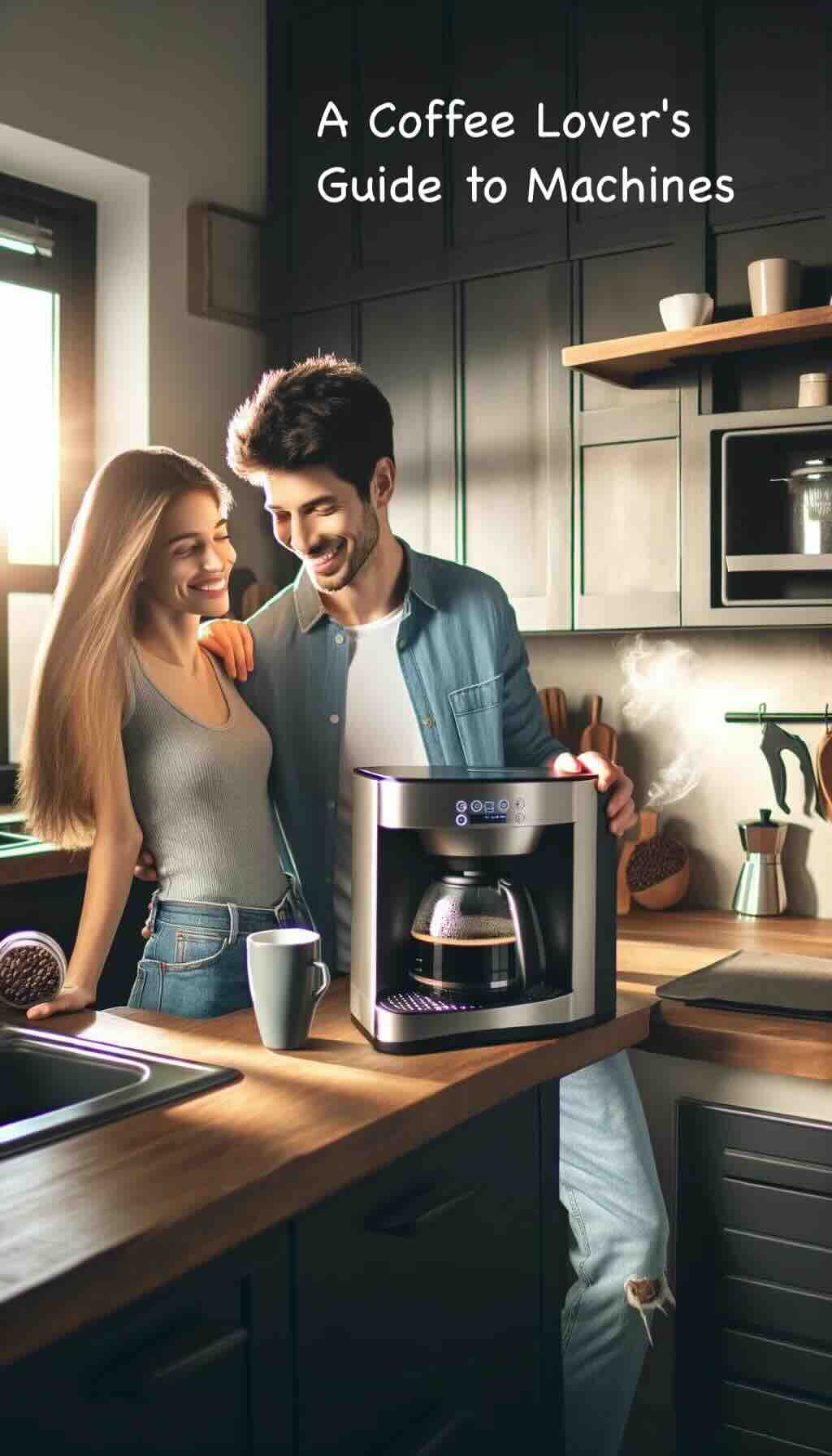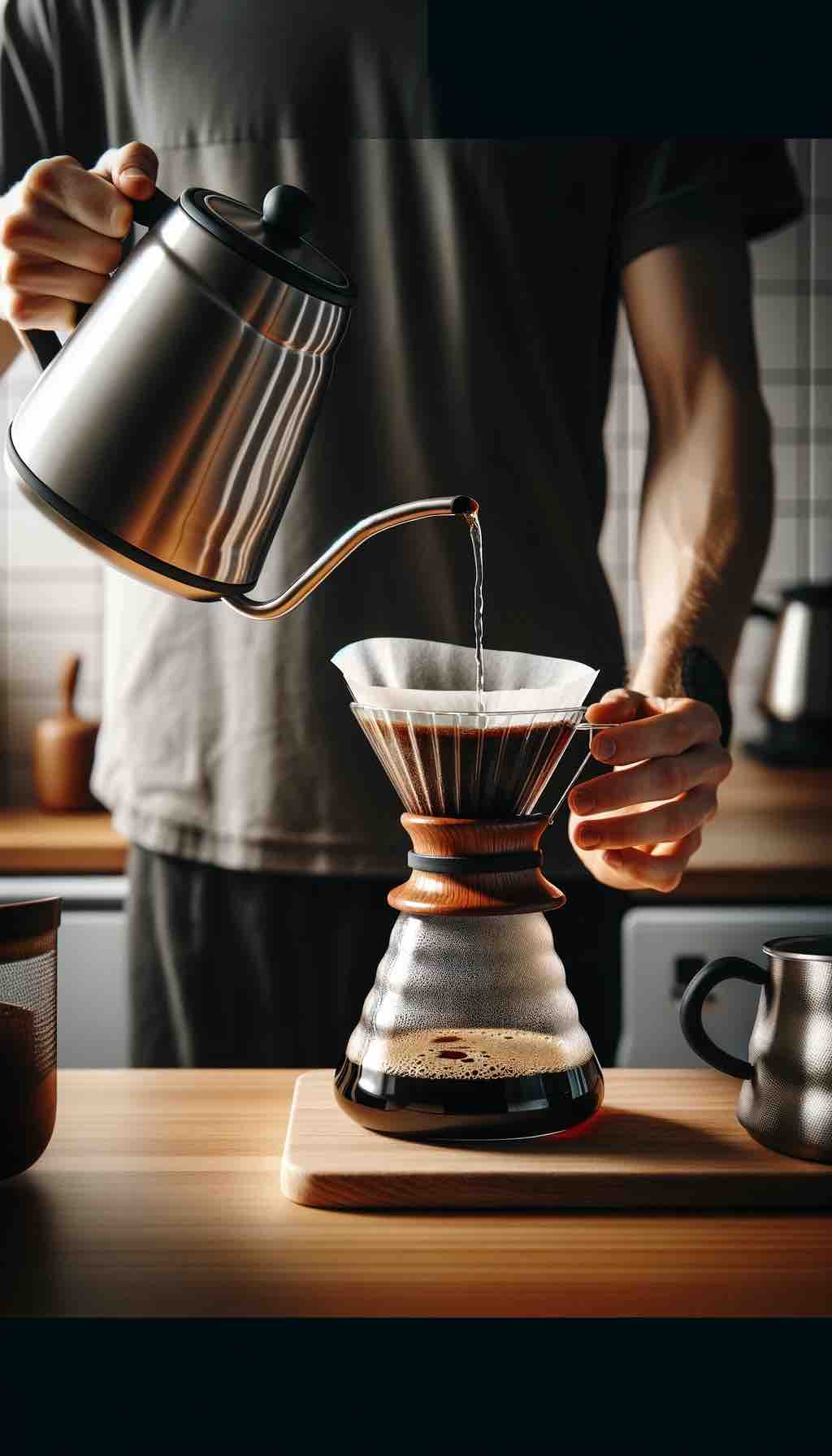
Wake up to the aroma of freshly brewed coffee with the perfect coffee maker that suits your lifestyle and taste. With the myriad of options available, choosing the right coffee maker can be as nuanced as the beverage itself. Whether you’re a coffee aficionado seeking precision and flavor or a busy bee looking for convenience, this guide walks you through everything you need to know to make an informed decision.
Know Your Brew
Before diving into types and features, assess your coffee drinking habits. How much coffee do you consume daily? Do you prefer a single, robust cup to kickstart your morning, or are continual refills more your style? Your consumption pattern is the first clue in selecting the ideal coffee maker.
Types of Coffee Makers: Decoding the Brew-tech
Drip Coffee Makers: The stalwarts of the coffee world, these machines are ideal for brewing multiple cups at once. Perfect for households with more than one coffee drinker or for those who drink multiple cups.
Single-Serve Pod Machines: For the ultimate convenience and a clean setup, pod machines are unbeatable. They’re quick and offer a variety of flavors and blends, though the cost per cup may be higher, and the environmental impact of pods is worth considering.
Espresso Machines: If you lean towards espresso, cappuccinos, or lattes, an espresso machine might be your calling. These range from manual to fully automatic, offering a barista-like experience at home.
French Press: For those who appreciate a hands-on approach and full control over brewing time and temperature, the French press is a simple yet effective choice for a richer coffee.
Pour-Over: Celebrated for its ability to highlight intricate flavors, the pour-over method is perfect for the detail-oriented coffee lover. It requires more effort but the reward is a cup that’s customised to your taste.
Key Features to Consider:
Brew Strength Control: Some like it light, others bold. Adjustable settings can cater to the preferences of different users.
Programmable Settings: Who doesn’t want to wake up to the smell of coffee? Machines with timers can save your morning routine.
Size and Space: Consider the real estate on your kitchen counter. Compact designs are great for small spaces, but larger machines might be necessary for higher volume brewing.
Maintenance: Look for machines that are easy to clean and descale. A coffee maker only performs as well as it’s maintained.
Thermal Carafe vs. Glass: Thermal carafes keep your coffee hot without the need for a heating plate, which can alter the taste over time. Glass carafes are classic and let you see how much coffee is left but usually rely on a hot plate.
Beyond the Machine: The Secret to a Perfect Cup
Water Quality: Good coffee starts with good water. Consider using filtered water for the best taste.
Fresh Beans: Invest in a good grinder if your coffee maker doesn’t have one. Freshly ground beans can dramatically improve your coffee’s flavor profile.
Experiment: Don’t be afraid to experiment with grind sizes, water temperatures, and ratios to find your perfect brew.
Embrace the Ritual
Coffee making is as much about the ritual as it is about the caffeine kick. Whether it’s the simplicity of pressing a button or the meditative process of a pour-over, choose a coffee maker that complements your morning ritual and fits into your lifestyle seamlessly.
In the end, the best coffee maker is one that brews a cup of coffee that tastes good to you. It’s about the experience it brings to your daily routine and the joy of a perfectly tailored cup of coffee. Armed with the right information and a clear understanding of your coffee preferences, you’re now ready to select a coffee maker that will elevate your coffee game to barista levels. Here’s to better mornings and even better coffee!
10 FAQs for A Coffee Lover’s Guide to Machines
What’s the best coffee maker for a beginner?
For beginners, a simple automatic drip coffee maker or a single-serve pod machine offers ease of use with consistent results.
Can the type of coffee maker really affect the taste of my coffee?
Absolutely! Different brewing methods extract flavors from coffee grounds in unique ways. For example, espresso machines apply pressure, enhancing the coffee’s richness and complexity.
How often should I clean my coffee maker?
It’s recommended to clean your coffee maker after each use by removing grounds and wiping surfaces. A thorough descaling to remove mineral buildup should be done every 3 to 6 months.
Is it worth investing in a coffee maker with a built-in grinder?
Yes, if freshness and flavor are priorities for you. Grinding beans just before brewing can significantly enhance your coffee’s aroma and taste.
What’s the difference between a thermal carafe and a glass carafe?
A thermal carafe is designed to keep coffee hot for several hours without needing a heating plate, preserving flavor. Glass carafes are cheaper but rely on a heating plate that can alter the taste over time.
How do I choose the right size coffee maker?
Consider your daily coffee consumption. If you drink multiple cups or share with a household, a larger drip coffee maker might be best. For single cups, a single-serve or pour-over could be ideal.
Are expensive coffee makers worth the price?
Higher-priced coffee makers often offer greater durability, more features, and better brewing technology, which can justify the cost for serious coffee enthusiasts.
Can I use tap water in my coffee maker?
While you can, using filtered water can improve your coffee’s taste by removing impurities and minerals that affect flavor.
What features should I look for in a coffee maker?
Prioritise programmable settings, brew strength options, a thermal carafe, and ease of cleaning. Advanced users may value temperature control and pressure settings.
Why should I consider a manual brewing method like French press or pour-over?
Manual methods give you full control over brewing time and temperature, allowing you to customise your coffee’s strength and flavor profile to your liking.
Blog Tags
coffee maker guide, brewing technology, coffee tasting, espresso machines, drip coffee, pour-over, coffee grinder, maintenance tips, coffee beans










